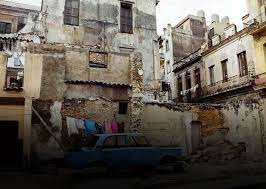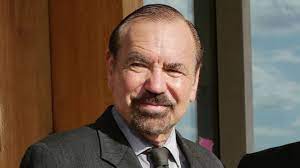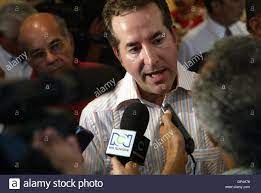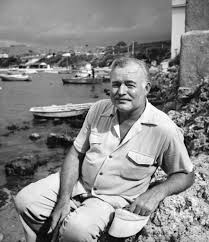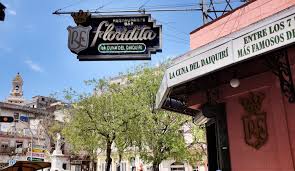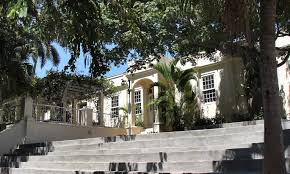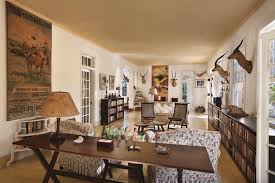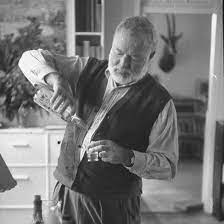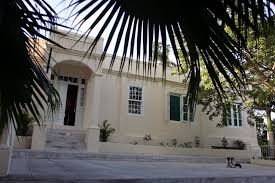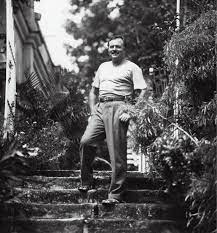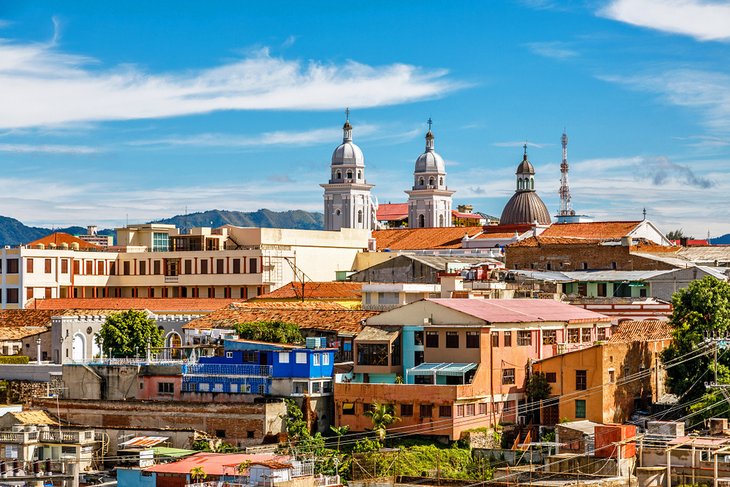(OPINIÓN) LOS PILARES DEL RÉGIMEN CUBANO SE DESMORONAN
La elite de poder en Cuba, a las puertas del VIII Congreso del PCC, atraviesa una etapa de desafíos existenciales, inseguridades y miedos nada usuales. Enfrenta una crisis generalizada provocada por la transición de clase burocrática comunista hacia una clase mafiosa moderna, que no debe confundirse con una clase capitalista moderna.
La mentalidad y hábitos totalitarios les impidieron entender que la mejor oportunidad para materializar ese plan se la había ofrecido el “deshielo” del presidente Obama. Menospreciaron el colchón de legitimidad y finanzas que esa Administración les confirió de forma generosa y unilateral. “El imperialismo ha sido derrotado”, proclamaron entonces de forma tan arrogante como prematura.
LA TORMENTA QUE SE AVECINA
El poder del Estado comunista se apoya en tres pilares: la ideología (asegurada por el monopolio de la información y el adoctrinamiento perpetuo), la dependencia económica y social del ciudadano hacia las instituciones estatales (cimentada por el “pacto social” impuesto por el comunismo) y el miedo (aportado por el despiadado aparato represivo).
De esos tres pilares solo queda el tercero y ha comenzado a quebrarse.
Internet y los viajes al exterior pusieron fin a la burbuja informativa. El Estado ya no provee salarios que tengan poder adquisitivo real, tampoco una canasta básica subsidiada, viviendas, educación y salud adecuadas, ni servicios públicos decentes.
Si se concibe el “poder” como una relación de dominación en la que una parte tiene la capacidad de persuadir u obligar a la otra a actuar según sus intereses, entonces ¿qué poder le queda a la elite mafiosa anticubana? El miedo. Pero ¿cuánto miedo puede tener a la represión una población llevada al extremo existencial de una hambruna? Las protestas, cada vez más numerosas y masivas, parecen indicar que se agota.
¿Retornarán al uso masivo del terror?
El doble filo del Artículo 4 de la Constitución
La invocación reiterada del Artículo 4 de la Constitución parece reflejar cierta melancolía por el paredón, las masacres y las sentencias a cadenas perpetuas como solución al problema. Si las multas y detenciones ya no paralizan las protestas ciudadanas, ¿puede esta mafia privilegiada —que no aporta empleos ni servicios, que ha perdido el control de la información y carece de legitimidad histórica o legal— ordenar una masacre sin que sea su último acto en el ejercicio del poder?
El Artículo 4 del texto constitucional dice:
La traición a la patria es el más grave de los crímenes, quien la comete está sujeto a las más severas sanciones. El sistema socialista que refrenda esta Constitución, es irrevocable. Los ciudadanos tienen el derecho de combatir por todos los medios, incluyendo la lucha armada, cuando no fuera posible otro recurso, contra cualquiera que intente derribar el orden político, social y económico establecido por esta Constitución.
El Artículo 4 se refería al orden “socialista” que esa constitución consagra y pretende hacer “irrevocable”. Nada loable, cierto. Sin embargo, la construcción del nuevo Estado mafioso no estaba contemplada ni consagrada en la Constitución. A la luz del Artículo 4 de esa constitución, los traidores son los miembros de la mafia anticubana que impulsan esa transición hacia un Estado criminal. Es a ellos a quienes resulta legítimo “combatir por todos los medios”.
Desde hace décadas la disidencia cubana se ha adherido a métodos no violentos. Pero no es difícil pronosticar cuál sería la reacción —no solo de la oposición, sino de una parte de la población e incluso de sectores de la burocracia estatal y de las instituciones armadas— si la mafia anticubana en el poder decreta una nueva era de terror al amparo del Artículo 4. Las medidas de seguridad de sus privilegiados barrios serán insuficientes.
La soberbia, ineptitud y estupidez de la mafia anticubana han creado la tormenta perfecta en su contra.
(OPINION) THE PILLARS OF THE CUBAN REGIME CRASH
The power elite in Cuba, at the gates of the VIII Congress of the PCC, is going through a stage of existential challenges, insecurities, and unusual fears. It faces a general crisis caused by the transition from a communist bureaucratic class to a modern mafia class, not to be confused with a modern capitalist class.
The totalitarian mentality and habits prevented them from understanding that the best opportunity to materialize that plan had been offered by the “thaw” of President Obama. They underestimated the cushion of legitimacy and finances that that Administration generously and unilaterally conferred on them. “Imperialism has been defeated,” they proclaimed then, arrogantly and prematurely.
THE STORM THAT’S COMING
The power of the communist state rests on three pillars: ideology (ensured by the monopoly of information and perpetual indoctrination), the economic and social dependence of the citizen towards state institutions (founded by the “social pact” imposed by communism ), and fear (contributed by the ruthless repressive apparatus).
Of those three pillars, only the third remains and it has begun to break down.
The Internet and travel abroad put an end to the information bubble. The State no longer provides salaries that have real purchasing power, nor does it provide a subsidized basic food basket, adequate housing, education, and health, nor decent public services.
If “power” is conceived as a relationship of domination in which one party has the ability to persuade or force the other to act according to its interests, then what power is left to the anti-Cuban mafia elite? The fear. But how scared of repression can a population, driven to the existential extreme of famine, have? The protests, increasingly numerous and massive, seem to indicate that it is exhausted.
Will they return to the massive use of terror?
The double edge of Article 4 of the Constitution
The repeated invocation of Article 4 of the Constitution seems to reflect a certain melancholy for the wall, the massacres, and the life sentences as a solution to the problem. If fines and arrests no longer paralyze citizen protests, can this privileged mafia – which does not provide jobs or services, which has lost control of information and lacks historical or legal legitimacy – order a massacre without it being its last act in the exercise of power?
Article 4 of the constitutional text says:
Treason is the most serious of crimes, whoever commits it is subject to the severest sanctions. The socialist system endorsed by this Constitution is irrevocable. Citizens have the right to fight by all means, including armed struggle, when no other recourse is possible, against anyone who tries to overthrow the political, social, and economic order established by this Constitution.
Article 4 referred to the “socialist” order that that constitution enshrines and intends to make “irrevocable”. Nothing commendable, right. However, the construction of the new mafia state was neither contemplated nor enshrined in the Constitution. In light of Article 4 of that constitution, the traitors are the members of the anti-Cuban mafia who promote this transition to a criminal state. It is to them that it is legitimate to “fight by all means”.
For decades the Cuban dissidents have adhered to non-violent methods. But it is not difficult to predict what the reaction would be – not only from the opposition but from a part of the population and even sectors of the state bureaucracy and the armed institutions – if the anti-Cuban mafia in power decrees a new era of terror. under the protection of Article 4. The security measures of its privileged neighborhoods will be insufficient.
The arrogance, ineptitude, and stupidity of the anti-Cuban mafia have created the perfect storm against it.
Agencies/ DDC/ Juan Antonio Blanco/ Extractos/ Excerpts/ Internet Photos/ Arnoldo Varona/ www.TheCubanHistory.com
THE CUBAN HISTORY, HOLLYWOOD.




